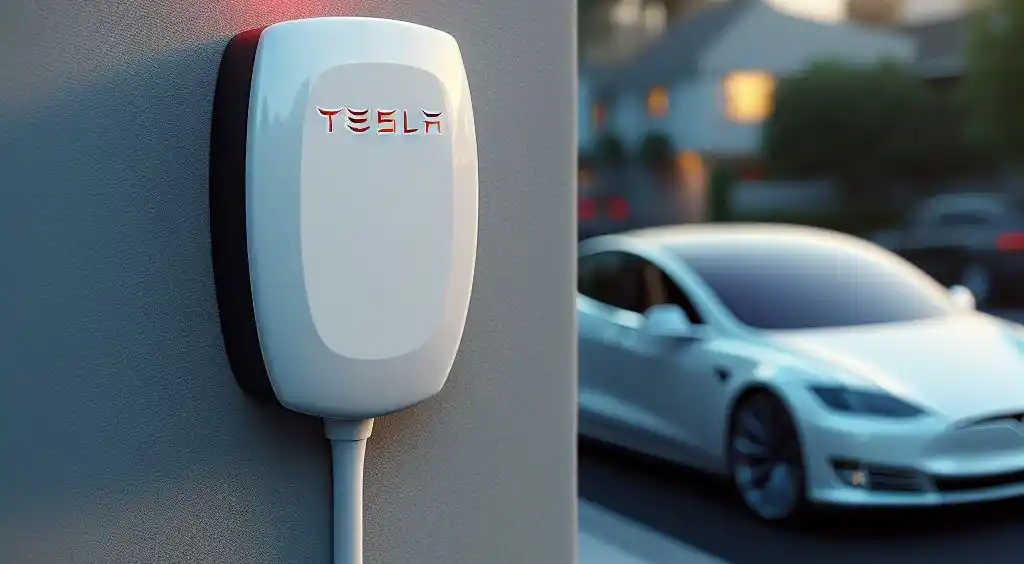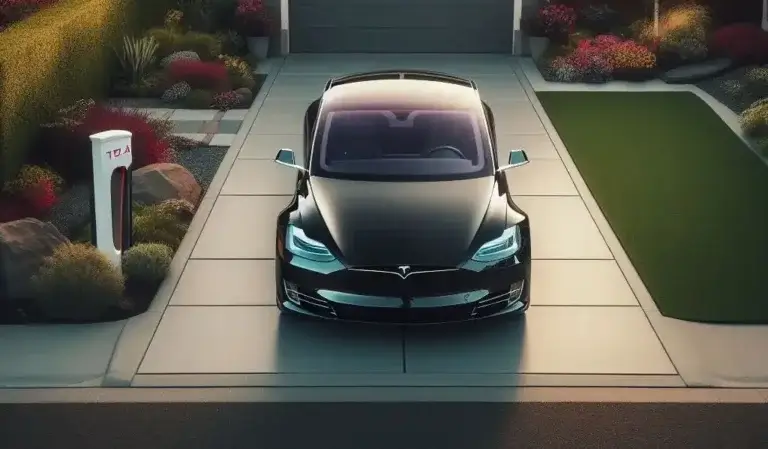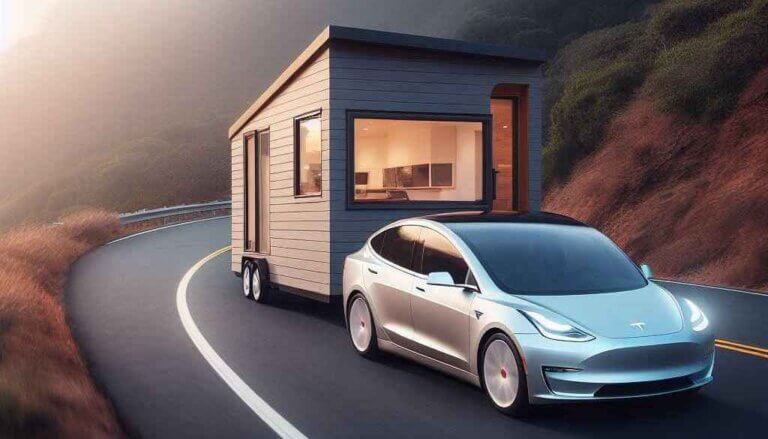Tesla Charging Equipment Not Ready: Reasons and Fixing
You’ve pulled into a charging station and plugged your Tesla in, but instead of charging, you get an error message saying “Charging equipment not ready.” This frustrating error can happen for several reasons, leaving you unable to charge your vehicle. In this comprehensive guide, we’ll cover why you may get this error “Tesla Charging Equipment Not Ready”, solutions to try, and steps to get your Tesla charging again quickly at your Tesla Home or any Conventional Home.
Table of Contents
What Does “Tesla Charging Equipment Not Ready” Mean?
The “charging equipment not ready” error is quite literal – something is preventing the charging equipment or station from being ready to charge your Tesla. This non-specific error could stem from an issue with the charger, your vehicle, or the communication between the two.
While annoying, this message is often easy to resolve by trying another charger, reconnecting your charge cable, or troubleshooting further. We’ll explore the main reasons it appears and actionable tips to get your Tesla charging again. Knowing the basics helps narrow down where the issue may lie.
So why is an article on this error worth reading? Because knowledge equals power (literally, in this case) when resolving electric vehicle charging problems. We’ll answer important questions like:
- What triggers the “charging equipment is not ready” error?
- Is the issue with my Tesla or the charging equipment?
- What solutions can I try to fix this charging error?
- How do I restart charging when nothing seems to work?
- When should I schedule Tesla service if charging won’t start?
Equipped with this information, you can methodically troubleshoot to pinpoint the cause and get your Tesla powered up sooner. Let’s get charging!
Top Causes of the “Tesla Charging Equipment Not Ready” Error
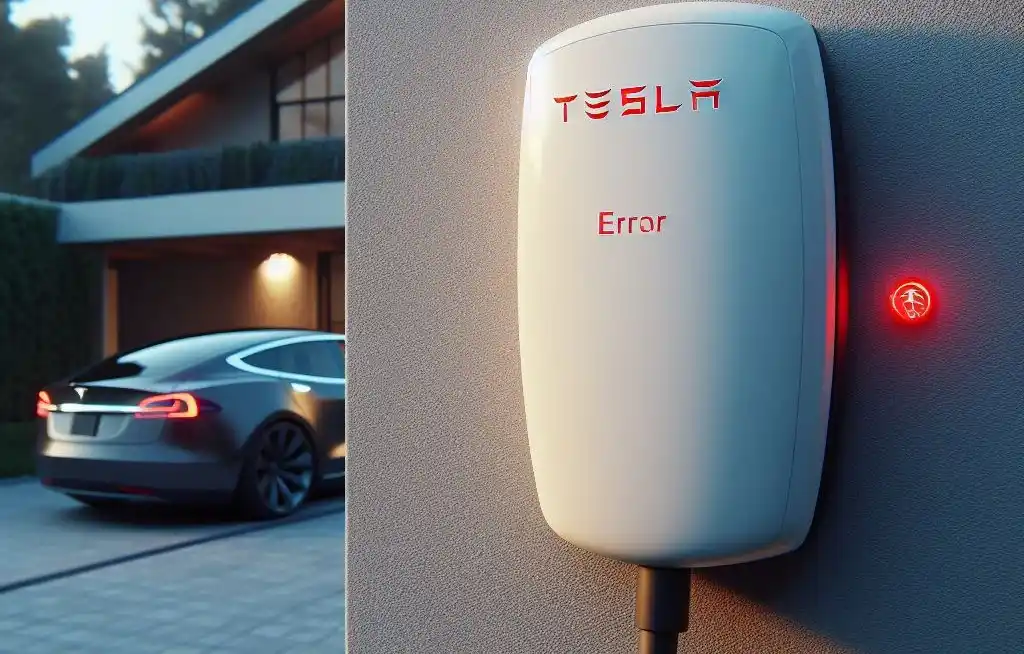
Several issues can prevent charging readiness – let’s explore the most common triggers:
Problem with External Charging Station or Equipment
Third-party charging stations have varying software, voltage ratings, connectors, and error-reporting capabilities. Quite simply, the charging equipment itself may not be ready, preventing the charging session.
Here are some station-specific problems that can stop readiness:
- Software error or glitch: Faulty station software or settings can delay charging readiness. Things like requiring further activation or scheduled charging features can also halt charging if not properly enabled.
- Power or voltage issue: An issue with the station’s power source or voltage supply can prevent charging readiness. This cause is more likely when multiple stalls aren’t working.
- Inactive plug or charger: While rare, you may encounter an inactive or deactivated charger port. If status lights indicate it should work, a software or network glitch may be to blame.
- Charging overload or high demand: During peak charging times or high local energy demand, some networks intentionally delay charging by not signaling readiness right away. This smart grid management strives to prevent overloads.
So in short – if multiple stations at a charging hub aren’t ready, suspect a hub-wide issue. If it’s just your stall, the problem likely lies with that individual equipment.
Lack of Communication Between Vehicle and Charger
Your Tesla communicates digitally with charging stations to initiate and manage charging. If the vehicle and equipment can’t “talk,” trouble charging readiness can occur.
Interference in this digital handshake can stem from:
- Faulty charge port signaling
- Software/network communication issues
- Incompatible change protocols
- Defective charging cable or adapter
So while annoying vehicle or equipment problems may exist, they simply can’t coordinate charging effectively. Think of it as technology miscommunication. Solutions involve ensuring both sides are speaking the same language and no defects are disrupting the signal.
Problem with Your Tesla
Though less common, your vehicle itself may be the culprit – things ranging from software settings, charge port defects, or other electrical issues can halt charging readiness:
- Scheduled charging feature enabled
- Recent software update conflict
- Charge port or charging system faults
- Battery voltage/charging contactor issue
- Onboard charging equipment defects
It takes two to tango – regardless of working charging equipment, your Tesla’s systems must also be ready and able to receive charge. Diagnosing actual vehicle issues will involve advanced troubleshooting or Tesla service support.
Other Possible Triggers
A few other factors could potentially delay charging readiness:
- Extreme hot or cold weather
- Transient electrical grid fluctuations
- Interference from nearby equipment
- Loose charging connectors or covers
The point is the issue could originate from the vehicle, the charging equipment and power systems, or simply compatibility between them. Let’s explore how to pinpoint the cause.
Step-By-Step Solutions: Troubleshooting the “Tesla Charging Equipment Not Ready” Error
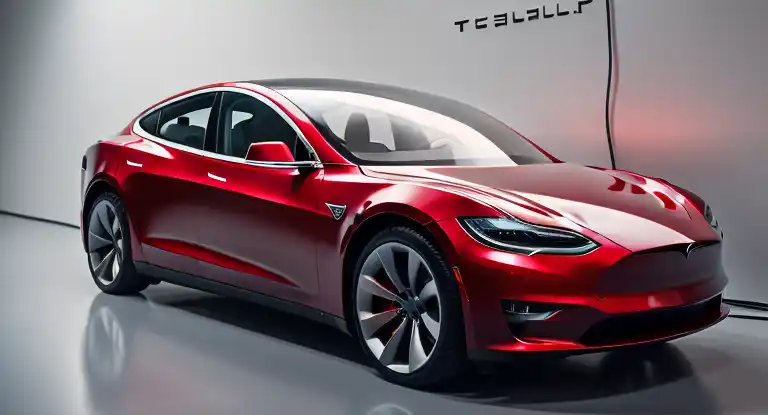
Armed with top causes, let’s walk through practical solutions to restart charging when facing the dreaded “charging equipment not ready” Tesla error:
Try Charging at a Different Station or with Separate Equipment
An easy first step is to try charging your Tesla at a different stall, charging port, or with separate third-party equipment like a mobile charger. This tests if the issue stems from that individual equipment or a general vehicle problem.
- Different stall: Move to the new charging stall at the same station. If ready there, the original stall is likely defective.
- New charging post: Try an entirely different charging site like a new Supercharger, destination charger, etc. Charging there indicates a station issue.
- Separate equipment: Attempt charging using another 235/240V external charging unit, if available. Readiness points to native station defect.
Tip: Use charging station maps to locate alternative charging sites if necessary.
If your Tesla charges a fine from the new source, the prior equipment lies at fault. You can report defective stations to staff or via apps. However, if the error persists when using separate equipment, your vehicle may need troubleshooting instead.
Inspect Charge Port and Cable Connections
A simple cable reconnect or debris cleanout can surprisingly resolve many charging issues.
Before anything, check your charging port and cable connections. Look for:
- Missing charging port covers
- Visible damage of charge inlet/connectors
- Debris/contamination in port or connectors
- Loose charge connectors or incomplete attachment
Then try re-inserting connectors fully, twist-locking as needed, and restart charging. Snug, direct contact establishes charging communication.
Also, inspect the entire charge cable for damage which could prevent proper signaling. Things like splits, kinks, or connector damage can disrupt charge readiness messages. Replace defective charge adapters, connectors, or cables if issues persist.
Toggle Charging Controls and Check Settings
If connection inspection reveals no issues, toggle charging controls to restart communication exchanges:
- Stop/start charging session 2-3 times
- Switch the charging port if dual-inlet compatible
- Disable then re-enable scheduled charging modes
- Open and close the charge port door to trigger resets
- Check software settings and charging mode selected
- If third-party equipment, consult the manual and staff for proper operation
Cycling power or rebooting systems often clears glitches and stalling handshakes. For Tesla units, use your vehicle touchscreen or mobile app to control charging – toggling settings or modes essentially restart communication. This forces the EV system and equipment to reinitiate readiness protocols as if newly connected.
Resolve any inactive charging or software setting conflicts shown. Contact Tesla support if charging settings appear correct but problems continue. For non-Tesla stations, ask staff to verify station works properly and any activation steps.
Further Electrical Troubleshooting
Interference from nearby electrical devices can sometimes disrupt charging readiness signals. As a precaution, best to:
- Park away from other charging vehicles or equipment
- Keep charging cabin doors/protective barriers closed
- Avoid using cabin power outlets or non-charging equipment
- Prevent charger cables from crossing or touching
These steps isolate your charging signals further. Electrical “noise” disruption becomes less likely over direct, protected connections.
Also, double-check power sources feeding charging equipment, if accessible. Notify station owners immediately about status lights indicating wider equipment issues versus just your stall.
Schedule Service for Vehicle-Specific Issues
If you’ve tried different charging equipment and stations, resolved software setting conflicts, and inspected connections, but charging readiness still fails – vehicle faults likely exist.
Contact Tesla Support via your vehicle touchscreen or mobile app to schedule service. Technicians can then diagnose onboard charging equipment issues, battery or charging system defects, charge port problems, or electrical glitches.
FAQs: Common Questions about “Tesla Charging Equipment Not Ready”
Beyond basic troubleshooting, you may have additional questions about coping with this error message related to your charging point:
Why Does This Error Seem to Appear Randomly?
The “charging equipment not ready” message can appear intermittently even at stations you’ve used without issues before. This relates to the various factors that can disrupt communication exchanges and handshakes at the start of charging.
Software glitches, local electrical fluctuations, high charging demand, server communication hiccups, and even nearby electrical interference can cause sporadic interference with charge initiation protocols. Think of it as wonky starts to technology handshakes.
Rebooting systems, toggling settings to restart exchanges, and simply trying another nearby stall can override these transient electrical and digital communication issues.
Is This Error Dangerous or Damaging Equipment?
While quite disruptive to charging plans, rest assured the “charging equipment not ready” status alone does not indicate active danger or equipment harm. Your vehicle and the charging systems remain safe – this message simply signals an underlying readiness issue needing troubleshooting before allowing charging to begin.
If defects existed causing unsafe charging conditions, more serious errors would occur or staff would shut down defective stations immediately. Feel confident simply focusing on restarting readiness communication when this status appears.
Why Don’t Charging Stations Have Staff to Support Troubleshooting?
Public charging stations (including Tesla Supercharger networks) are most often completely unmanned. Rather than onsite attendants, well-designed systems feature remote monitoring and management instead. This allows larger charge hub deployments to meet demand across wider geographies.
The downside – drivers must self-serve basic troubleshooting instead of relying on attendant help. But looking positively – you’ll quickly become more self-reliant in resolving minor issues that arise!
How Can I Avoid This Error When Charging in the Future?
While rarely completely unavoidable, you can reduce chances of seeing “charging equipment not ready” statuses by:
- Only using reputable charging networks and equipment
- Parking carefully – avoiding electrical interference
- Using quality charging cables and adapters
- Keeping ports and connectors debris-free
- Periodically rebooting vehicle systems
- Understanding station use procedures and activation needs
Future charging will also become more seamless as networks mature and advanced software better coordinates vehicle-equipment handshakes constantly. But in the meantime – master basic troubleshooting to maximize up-time and trip readiness!
In Closing: Don’t Let This Error Derail Your Electrifying Journeys
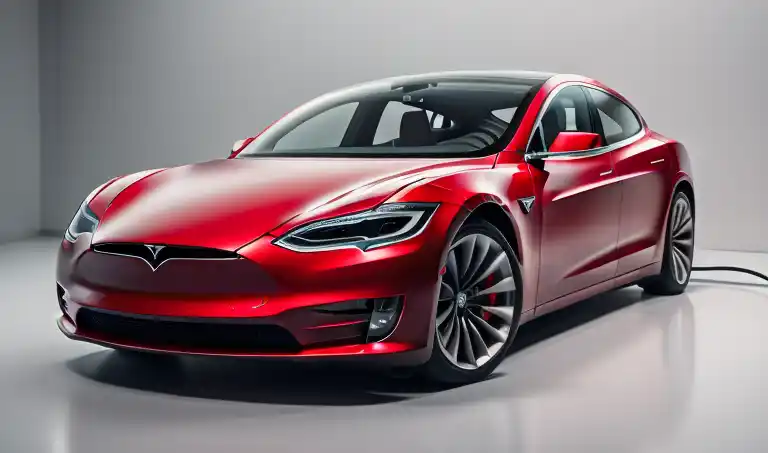
In summary – while the generic “charging equipment not ready” message can temporarily block charging, some helpful troubleshooting when encountered will typically get you powered up quickly again. Start by verifying connections and trying different equipment nearby. If the issue persists across charging attempts, deeper electrical or vehicle inspection becomes warranted.
Gaining familiarity with the top factors that can disrupt communication exchanges sets you up to resolve problems efficiently as they appear. While an annoyance, don’t allow this status to create anxiety each time you plug in. Instead – use the guidance above to take control over restoring proper handshakes between your vehicle and charging equipment.
Here’s to fewer errors and more electric miles ahead!
Key Takeaways: Resolving “Tesla Charging Equipment Not Ready”
- Multiple issues can block communication “handshakes” necessary for charging start
- Try different charging equipment nearby to isolate defects
- Inspect charge ports, cables, and connectors for problems
- Reset the charging sequence by disconnecting/reconnecting if possible
- Keep software updated and check settings for incompatibilities
- Electrical interference can sporadically disrupt handshake signals
- Schedule Tesla service for suspected vehicle-specific charging issues
Stay powered, stay on the road!

